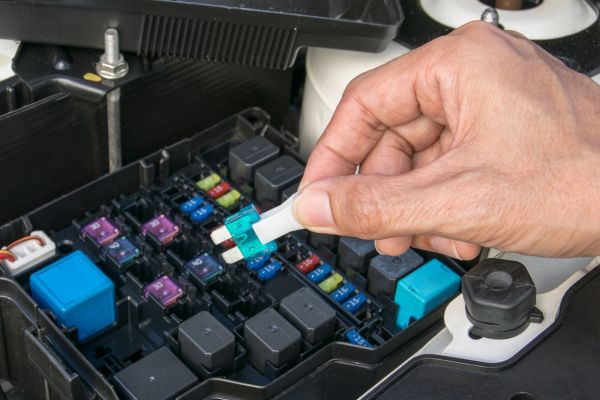A blown fuse can be a frustrating and sometimes alarming experience, especially when it interrupts the flow of your day or work. Understanding how to replace a blown fuse safely and effectively is essential for any homeowner or DIY enthusiast. This guide walks you through everything you need to know, from recognizing the signs of a blown fuse to restoring power without compromising your safety.
Understanding Why Fuses Blow
Before you attempt to replace a blown fuse, it helps to know why it happened in the first place. Fuses are designed to protect your electrical system by breaking the circuit when excessive current flows through it. This prevents overheating and potential fire hazards. Common causes of blown fuses include overloading a circuit, using faulty appliances, or experiencing a short circuit. Recognizing the cause can help you prevent future issues and maintain the integrity of your electrical system.
Recognizing the Signs of a Blown Fuse
One of the most obvious signs of a blown fuse is a sudden loss of power in a specific area of your home or building. Lights may go out, appliances might stop working, and other electrical devices connected to the affected circuit will cease functioning. When you check your fuse box, you may notice a fuse with a discolored or melted appearance, or you might see a broken metal filament inside the fuse itself. These indicators confirm that the fuse has done its job and needs replacing.
Prioritizing Safety Before Replacing a Blown Fuse
Safety should always be your top priority when working with electricity. Before touching the fuse box, ensure that your hands are completely dry and you are standing on a dry surface. Switch off the main power supply to eliminate the risk of electric shock. Even though replacing a fuse might seem like a simple task, working cautiously is vital to protect yourself and your home’s electrical system.
How to Replace a Blown Fuse Step by Step
Now that you are prepared, it’s time to understand how to replace a blown fuse properly. First, locate your fuse box, which is often installed in basements, utility rooms, or garages. Open the box carefully and identify the fuse that has blown. Gently unscrew or pull out the faulty fuse, depending on the type of holder your box uses.
Next, find a replacement fuse that matches the specifications of the blown one. It is critical to use a fuse with the same amperage rating to ensure your electrical circuit remains protected. Installing a fuse with a higher rating can lead to overheating and potentially dangerous situations. Insert the new fuse securely into the holder and close the fuse box once you are done. Finally, switch the main power supply back on and check if the electrical devices connected to the circuit are functioning again.
Preventing Future Blown Fuses
While knowing how to replace a blown fuse is invaluable, prevention is always better than cure. Avoid overloading circuits by spreading out your use of high-power appliances across different outlets and circuits. Regularly inspect cords, plugs, and appliances for damage that could lead to short circuits. If you notice frequent blown fuses, this may indicate a more serious electrical issue that requires professional attention.
When to Call a Professional Electrician
There are times when replacing a blown fuse may not solve the problem entirely. If your fuses continue to blow repeatedly, it could signal an underlying electrical fault, such as outdated wiring or a malfunctioning appliance. In such cases, calling a licensed electrician is the safest choice. Professional electricians can perform a thorough inspection, identify the root cause, and make the necessary repairs to ensure your home remains safe.
Closing Thoughts on Electrical Safety
Knowing how to replace a blown fuse empowers you to handle minor electrical issues confidently while keeping your household running smoothly. However, always approach electrical tasks with caution and respect for the risks involved. By combining preventive practices with basic repair skills, you can minimize disruptions and maintain a safe, functional home. Remember, when in doubt, don’t hesitate to seek professional help to protect both yourself and your property.





